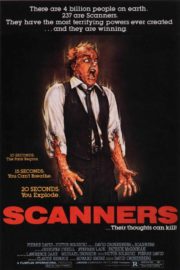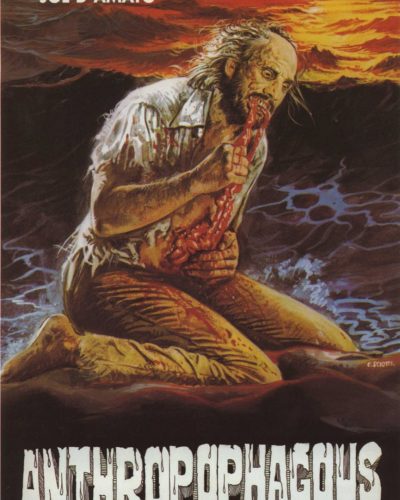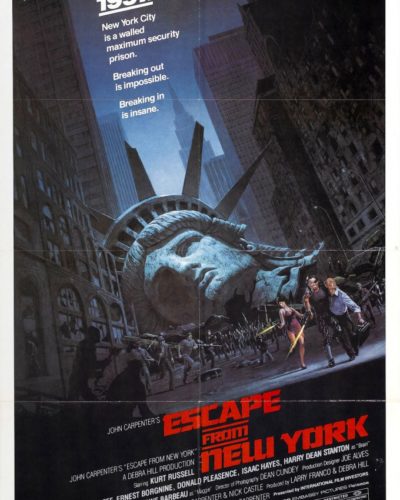Deadly Campfire Tales: A Look at Scouts Guide to the Zombie Apocalypse
“Before you die, you gotta get laid,” is one of many cheeky quips that populate *Scouts Guide to the Zombie Apocalypse*, a film that successfully blends humor with horror in a unique concoction. Directed by Christopher Landon and released in 2015, this film tells the story of three scouts — Ben, Carter, and Augie — who are forced to put their scouting skills to the ultimate test when a zombie outbreak decimates their small town. The trio, joined by a savvy waitress named Denise, must fight for survival while showcasing the benefits of their scouting knowledge in hilarious yet terrifying ways.
As we dive deeper, it becomes clear that *Scouts Guide to the Zombie Apocalypse* offers a fresh take on the zombie subgenre, balancing tongue-in-cheek humor with genuine moments of horror. But how does it manage to create such a distinctive atmosphere, pulling viewers in with equal parts laughter and dread?
Crafting the Horror Atmosphere
The film deftly plays with tropes of both the zombie genre and coming-of-age narratives, making the horror atmosphere uniquely entertaining. The horror arises primarily through suspense and visual gags rather than overt shock value. The early scenes establish an ominous foreboding, leading consumers to anticipate an inevitable outbreak, while leaving the exact nature of the horror murky until the films kick-off in full zombie chaos.
The setting itself – a suburban neighborhood overrun by zombies – creates a sense of vulnerability. An inviting environment becomes a terrifying battleground, illustrating that even the most familiar places can quickly devolve into nightmares. This sudden transformation taps into a universal fear: the loss of safety in familiar spaces. The film plays with light and darker shadows, crafting a visual contrast that emphasizes the chilling moments and surprising comic antics that follow.
While many horror films rely heavily on jump scares, *Scouts Guide* earns its tension by building up moments where anticipation grips you tightly, particularly during the initial encounters with zombies. The filmmakers provide plenty of meta-humor, winking at the audience while still delivering on suspense, as characters display both bravery and folly.
Visuals That Pop in Both Horror and Humor
Cinematically, *Scouts Guide* presents a vibrant, comic book-like palette that compliments its tonal shifts from horror to comedy. Director Christopher Landon employs dynamic camera angles and creative framing, which not only accentuate the comedic aspects of the characters’ misadventures but also deliver some startling horror visuals when the zombies appear.
Lighting plays a significant role in executing horror elements. In darker scenes, your eyes are drawn to terrifying shadows and unsettling figures lurking just out of sight. Conversely, the bright daylight scenes contrast sharply, capturing the mundane reality of the world before the outbreak. The special effects team deserves commendation for their work in creating memorable zombie designs, from grotesque creatures to comedic interpretations that invite laughter alongside fright.
In addition, clever use of slow motion during moments of tension heightens both urgency and humor. For instance, the dread of impending doom may be paired with a comedic failing or panicked reaction that keeps the audience engaged rather than solely terrified.
Soundscapes That Shape the Experience
No horror experience would be complete without a memorable soundtrack and sound design, and *Scouts Guide to the Zombie Apocalypse* certainly delivers. The film features a mix of original music and classic tracks, which serve not only to build atmosphere but also to provide levity during the harrowing scenes. From the pulsing beats during close encounters with zombies to lighthearted tunes that accompany the scouts’ antics, every moment is tailored by an effective selection of music.
Loud clangs and exaggerated sound effects punctuate key moments, underscoring the humor embedded within horror while simultaneously elevating tension. Conversely, moments of silence create that palpable suspense, leaving the audience on edge. A scene may be still, with only the sound of heavy breathing, before an explosive zombie assault erupts suddenly, catching viewers off guard.
These sound design elements enhance the horror experience, allowing comedic moments to land well while layering additional fright.
Characters in Crisis
One of the film’s standout features is the character development of its core group. Ben, Carter, and Augie represent different aspects of boyhood innocence but navigate their evolving friendship against the backdrop of literal flesh-eating monsters. This depth adds to the film’s effectiveness, making viewers invested in their survival.
The performances are robust and playful. Tye Sheridan (Ben), Logan Miller (Carter), and Joey Morgan (Augie) bring their characters to life with relatable dilemmas, comedic timing, and well-placed emotional beats. They embody the spirit of friendship and growth amid the chaos, all the while maintaining authenticity in their reactions to horrifying situations. Their bond makes the stakes feel real, augmenting both the horror and comedic aspects of the narrative.
The addition of the bold waitress Denise (played by Sarah Dumont) introduces a strong female counterpart, who balances the guys’ antics with her own blend of bravery and snark. Her character becomes a vehicle for empowerment, breaking free from traditional tropes associated with female roles in horror films.
A Unique Horror Subgenre Take
*Scouts Guide to the Zombie Apocalypse* exemplifies a modern zombie film that thrives on a blend of comedy, horror, and nostalgia. It taps into psychological horror through the characters’ fears of growing up, leaving behind childhood innocence, and confronting their mortality. While it remains faithful to traditional zombie conventions, it also challenges the norms by layering humor atop horror, appealing to diverse audiences.
With its blend of body horror, comedic timing, and moments of genuine fright, this film creates a unique niche within the horror-comedy subgenre. It may not entirely scare viewers to their core, but it effectively keeps the audience engaged through thrill and laughter.
Methods of Fear and Laughter
The film relies heavily on a mix of psychological humor and visceral scares. Rather than overwhelming audiences with gore, it carefully mixes genuine jump scares with absurdity, like zombie animals or oddball side characters, to keep things from becoming monotonous. The balance between humor and horror ensures that scenes operate effectively, securing both laughs and gasps from viewers as they attempt to follower the narrative arc.
Most notably, the editing plays a crucial role in pacing the scares. Moments of discomfort are followed by lighthearted relief, offering respite from tension and drawing audiences deeper into the experience.
More Than Just a Fun Ride
At its core, *Scouts Guide to the Zombie Apocalypse* is about embracing the chaotic changes of adolescence while facing threats—both internal and external. This theme amplifies a deeper commentary on the transition from childhood to adulthood, showcasing how the friends each confront their own fears and the changes that come along with growing up.
The film’s playfulness and comedic beats serve as a clever vehicle for exploring deeper concepts, making it not only an experience of laughter and shrieks but also an insightful commentary on friendship, growth, and establishing one’s identity amidst chaos.
A Final Look at Scouting Horror
In conclusion, *Scouts Guide to the Zombie Apocalypse* is an entertaining, inventive, and occasionally poignant addition to the horror-comedy genre. With solid character performances, clever visuals, a well-crafted soundtrack, and an effective balance of suspense and absurdity, the film encapsulates what many horror aficionados could appreciate.
While it might not be the scariest film in the genre, and some humor might risk alienating hardcore horror fans, its charm lies in its blend of relatable characters with unexpected twists and laughs. Casual viewers, especially those with an appreciation for self-aware humor, will find enjoyment, while dedicated horror enthusiasts can relish the fresh approach to zombie storytelling.
Warnings should be noted for viewers sensitive to graphic content or juvenile humor, but for those ready to embrace the quirky atmosphere, *Scouts Guide to the Zombie Apocalypse* is a delightful, campy romp worth watching—survival tips for future scouting expeditions included.




